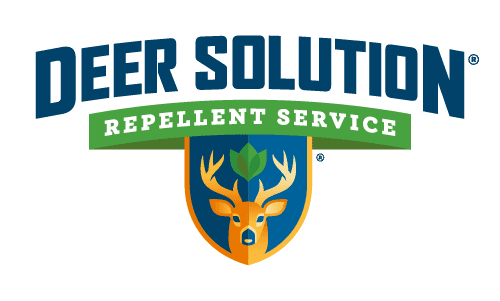Essex County, New Jersey, finds itself at the center of a complex ecological and ethical debate: how to manage its burgeoning deer population. This challenge involves balancing the need for ecological conservation with ethical considerations, sparking a spectrum of opinions and approaches.
Understanding the Overpopulation Issue
The issue of deer overpopulation in Essex County is well-documented and recognized by county officials. The rising deer numbers have led to significant ecological concerns, particularly in forest habitats.
This imbalance has necessitated measures to control the deer population, aiming to reduce Deer Damage and restore ecological health.
The Culling Controversy
At the forefront of Essex County’s deer management strategy is the controversial culling program. Since 2008, this approach has removed thousands of deer, including unborn fawns, to revitalize forest ecology.
The cull, which was paused during the COVID-19 pandemic, resumed to manage deer populations in a controlled manner. Qualified marksmen execute the cull, and the meat from culled deer is donated to local food banks.
Despite its ecological intentions, the program has faced significant opposition, highlighting a divide in the community over wildlife management ethics.
Opposition and Advocacy Efforts
Opposition to the cull is voiced strongly by groups like Our Green West Orange, which advocate for non-lethal methods such as tree planting and the use of deer protection. These groups argue against the killing of deer in suburban areas, promoting alternative wildlife management methods.
The ongoing debate reflects the community’s struggle with the moral implications of culling and the search for more humane approaches.
Exploring Alternative Strategies
In response to the controversy, Essex County has implemented additional strategies to manage the deer population. These include aggressive replanting programs and fencing to protect new plant growth from deer.
Such methods aim to restore habitats while minimizing direct harm to deer, representing a more comprehensive approach to deer management.
Ethical Considerations in Wildlife Management
The ethical considerations in managing the deer population in Essex County are complex. While ecological conservation is a priority, the welfare of the deer and the ethical implications of culling are significant concerns.
Finding a balance that respects both the ecological needs of the environment and the ethical concerns of the community is challenging.
Community Involvement and Response
Community response to the deer management issue in Essex County is varied. While some support the culling program as a necessary measure, others advocate for non-lethal methods.
This diversity of opinions underscores the need for continued dialogue and community involvement in developing effective and ethical wildlife management strategies.
The Road Ahead
Looking forward, Essex County’s approach to managing deer overpopulation will likely continue to evolve. Balancing ecological conservation with ethical considerations and community input will remain central to developing effective and humane wildlife management strategies.
The county’s experience serves as a case study in the complexities of suburban wildlife management, highlighting the importance of multifaceted approaches that consider ecological, ethical, and social dimensions.
The management of deer overpopulation in Essex County, NJ, presents a multifaceted challenge that requires careful consideration of ecological, ethical, and community perspectives.
As the county navigates this complex issue, it becomes a microcosm of the broader challenges of wildlife management in suburban and urban settings.










